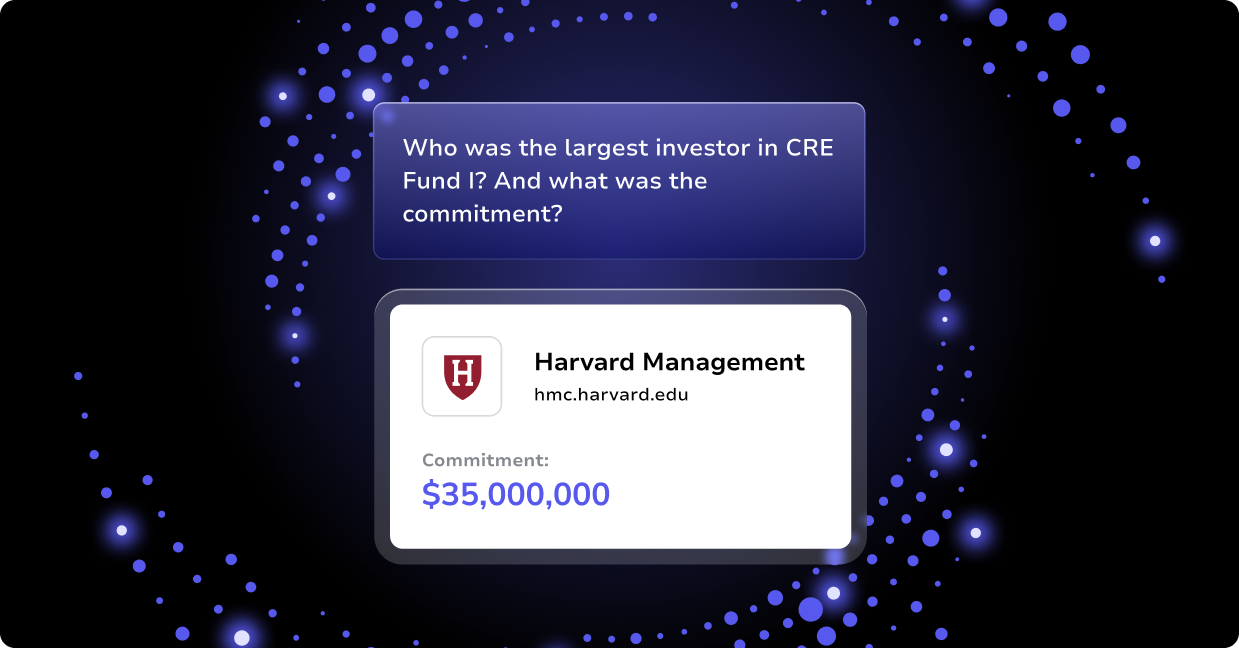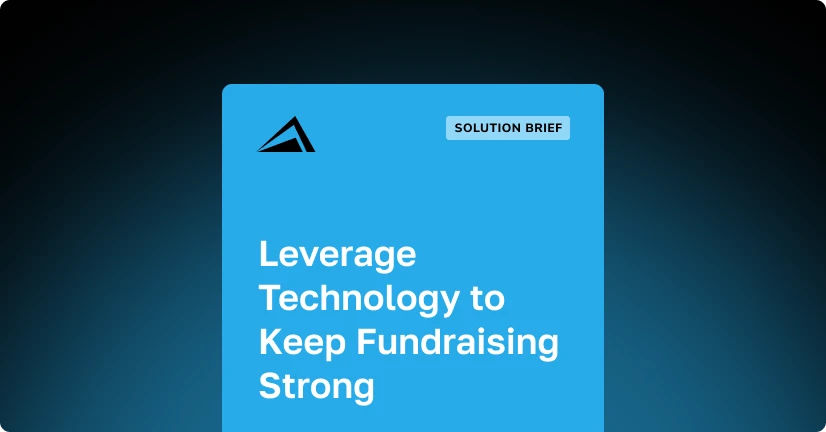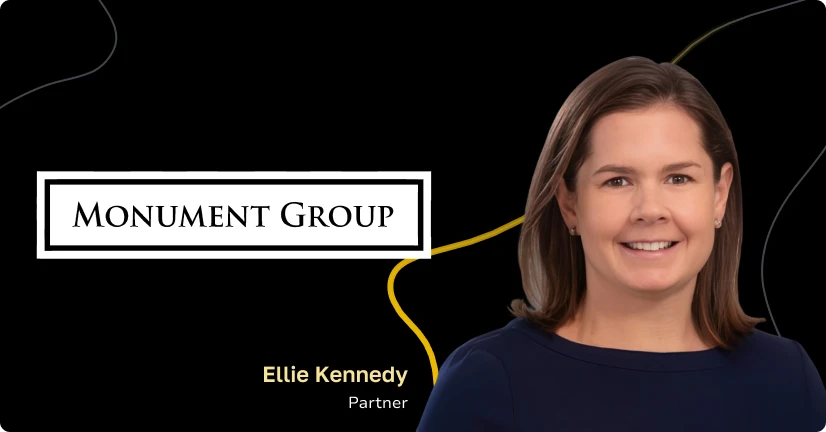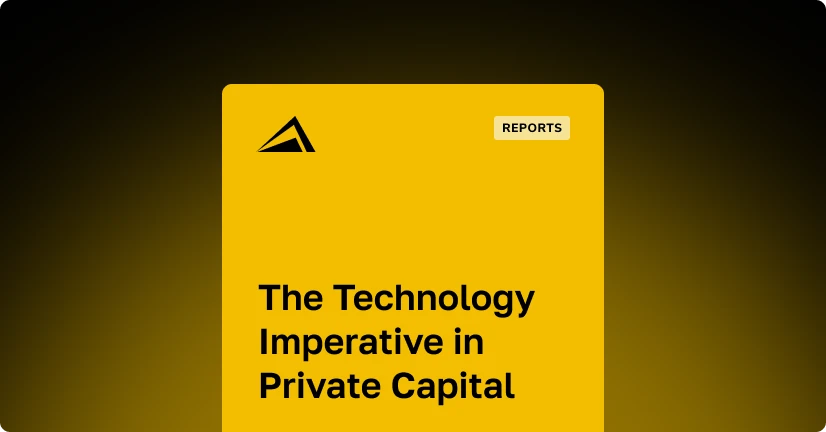
Like the well-known thought experiment, “If a tree falls in a forest and no one is around to hear it, does it make a sound?”, a similar question can and should be asked about fund management software: “If a firm has powerful fund management software and nobody uses it, does it make a difference?”
The answer to the second question is, of course, an emphatic “No!” Not only does unused fund management software not make a positive difference, it can have a negative impact on everything from firm finances (i.e., the cost of the software) to user morale (having a new system but sticking to old, outdated, inefficient systems and processes).
So, taking action to ensure widespread adoption of your fund management software is critical. And to be clear, simply issuing a directive that everyone must use the software isn’t effective. Even if the order causes more people to “use” the software, they certainly won’t get the maximum value from it. Instead, you have to help users understand the value of your new fund management software.
In our work with many successful firms, we’ve found that there are five keys to ensuring user adoption of a new system:
- Ensure that you have complete data from day one. Having high-quality data is crucial to getting users to adopt new fund management software. Many fund managers we talk with just want to get the database set up with little or no data and then they wait and see what happens. They incorrectly assume that the “right” data will be added sort of “organically” over time. However, fairly quickly they learn that this assumption was a mistake. You’ve got to be strategic and intentional about what information you collect and maintain. Otherwise, users will quickly recognize that much of what’s available to them in the fund management software isn’t useful, accurate, or up-to-date—and, consequently stop using the system.
- Commit to using reports out of your database. managers are hesitant to use reports out of a database because they feel they don’t have enough data to populate the report and make it valuable. The result is they continue to use their Excel models or other reporting tools despite the fact that the limitations of those tools are typically what drove them to look for a better solution in the first place. When fund managers commit to creating fundraising or deal pipeline reports from their new software, the volume and quality of data in the database both increase rapidly. And those improvements make it even more helpful to run reports, and the two activities (collecting data and reporting on it) reinforce one another to everyone’s benefit.
- Get buy-in from executives. As with any IT spend, new fund management software will have better adoption if firm leadership or an executive sponsor is behind it and they are committed to making it successful. Today, there are many technology options for the private equity industry, and your firm needs to have someone be the “champion” for the solution you select. Otherwise, you’ll be faced with ongoing “what if” questions about other systems.
- Acknowledge that it’s not just technology you’re implementing. You can’t just implement a new system, announce it’s available, and expect everyone’s behavior to change. There’s a large and essential change-management aspect to ensuring the adoption of new technology. It’s important not only to acknowledge the change but to maximize its benefit by incentivizing people to be early adopters, soliciting feedback, and acting on that input. And, you should expect there to be some resistance from users—it’s simply part of human nature to be wary of, and often resistant to, change.
- Set clear and attainable goals during implementation. A simple goal such as, “We’re going to be able to drive our deal pipeline with less effort.” helps your team understand what you’re working toward and lets you focus on one set of functionality and specific workflows to support it. This type of goal can also be measured. In our example, you could compare the hours of deal pipeline management required before and after your software implementation. And as soon as you achieve one goal, you should be ready to set another. Very quickly your team will recognize and appreciate that you’re not expecting everyone to master all aspects of the new platform immediately.
Creating Excitement Around Your New Fund Management Software
Ideally, the steps above won’t just convince people to start using your new fund management software. They’ll create a sense of excitement and optimism about the benefits of the system to users and the firm as a whole. At that point, you’re moving past adopting the software to embracing it, and that’s a very good thing!
For more best practices for private equity firms, read our white paper below.




